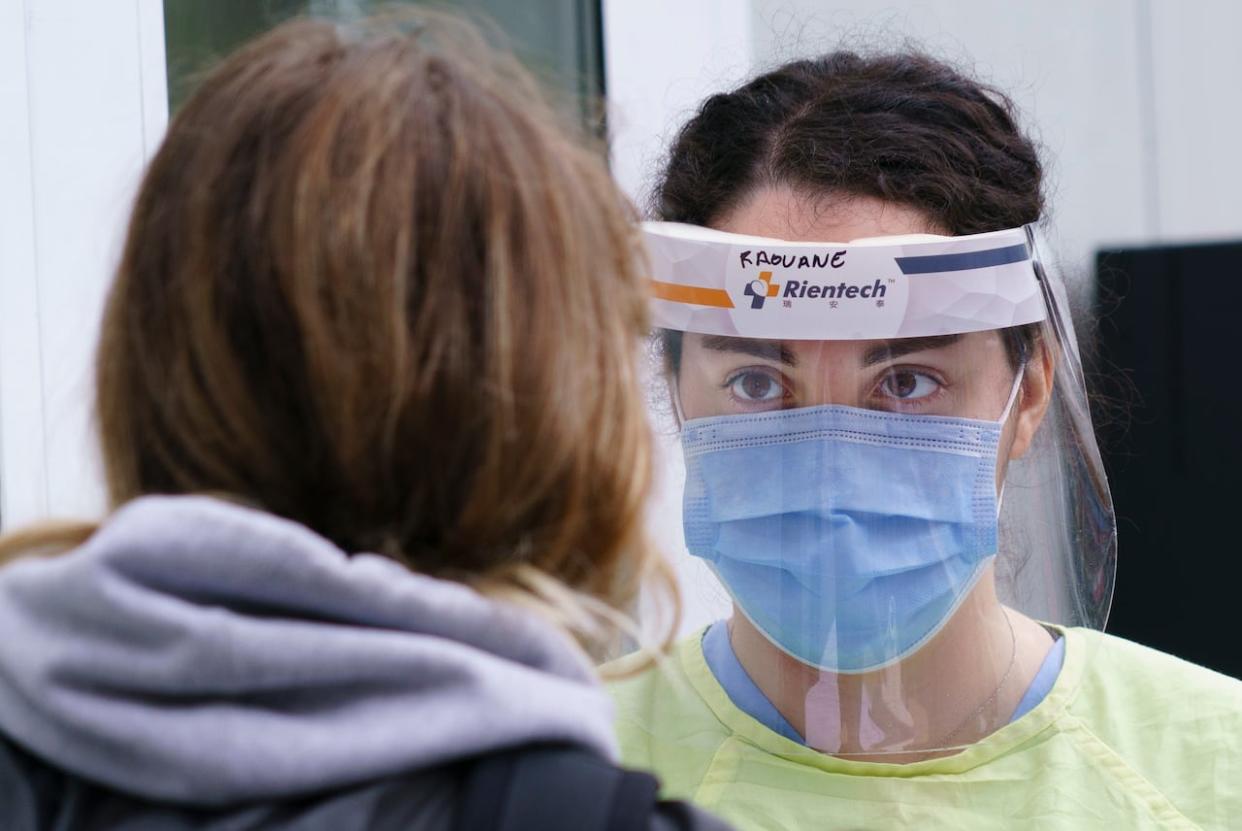Facing a severe physician shortage, feds offer loan forgiveness for some doctors, nurses

In a bid to increase the number of doctors and nurses practising in rural and remote areas, the federal government said Tuesday it's increasing forgivable loans for some students.
Canada is experiencing a severe doctor shortage — and it's only expected to get worse as the population grows and physicians retire en masse. Federal data suggests Canada will need roughly 48,900 more family doctors by 2031.
As CBC News has reported, the number of medical residency spots has remained stagnant for the last decade, limiting the number of new doctors entering the field.
There's also a tangle of red tape that internationally educated physicians have to navigate before they can practise here. It's an onerous, years-long process that has driven thousands of Canadian-born doctors to leave for the U.S.
The result of these and other policies is a limited supply of doctors; 6.5 million Canadians report they do not have regular access to a family physician or nurse practitioner, according to the latest data.
To draw more practitioners to areas where the shortage is particularly acute, Employment Minister Randy Boissonnault said Ottawa is offering a 50 per cent increase in forgivable loans for doctors and nurses who work in rural and remote communities.
Boissonnault said up to $60,000 will be forgiven for a family physician or family medicine resident, and up to $30,000 for a nurse or nurse practitioner with a Canada Student Loan.
An estimated 3,000 doctors and nurses will benefit from the program this fiscal year, Boissonnault said.
While the program was pitched to reporters Tuesday as something new, the loan forgiveness initiative was first announced in Budget 2022 and it's been slow to roll out.
The program started accepting applications in November last year, according to a spokesperson for Boissonnault.
The minister's office does not have an estimate to share of the number of people who already have availed themselves of this program, the spokesperson said.
The Parliamentary Budget Officer (PBO) has studied the potential costs of this program and found that increasing the amount of forgivable loans by 50 per cent from $40,000 to $60,000 for doctors, and from $20,000 to $30,000 for nurses, would not be a major expense for the federal treasury.
The total cost is just $19 million over five years, the PBO found.
The program does not address another significant source of financial stress for some doctors and nurses — private loans.
Prospective health-care professionals often can't finance their school fees on federal student loans alone.
Aim is to 'strengthen health workforce'
The government says it expects these Canada Student Loan changes will "attract nearly 1,200 new doctors and 4,000 new nurses to under-served rural and remote communities across the country over a 10-year period," according to a background document supplied to reporters.
"These changes strengthen the health workforce," the government said in its news release. "They also contribute to making the debt loads more manageable."
Finance Minister Chrystia Freeland acknowledged there's tremendous demand for doctors and the government needs to do more.
"Far too many Canadians don't have access to the health care they need," she said.
Rural Economic Development Minister Gudie Hutchings, who represents rural Newfoundland at the cabinet table, said while one in five Canadians live in the country's rural and remote areas, fewer than 10 per cent of the country's doctors practise in those communities.
"Ask anyone who lives in a smaller rural community. Someone they know has to travel too long to visit the doctor or the nurse practitioner to get health care," she said.
Asked why the money for this program wasn't deployed to boost the number of residencies to train more doctors, Boissonnault said it's up to the provinces, provincial colleges of physicians and surgeons and medical schools to expand the number of spaces.
He pointed to the multi-billion-dollar health accord signed last year as a source of cash for provinces to expand those spots to graduate more family doctors.
"The money's there and the provinces and universities can allocate it, and they should allocate it in these spaces. But at the same time, it's not just about more medical residencies, and more medical spaces. It's about recognizing the medical professionals who are already here," he said.
The Canada Student Loans program is federal domain, Boissonnault said. "We'll keep doing our part to make sure it's more affordable," he said.
Housing Minister Sean Fraser, who represents a rural Nova Scotia riding and was on hand for the announcement, said the changes are not just about boosting supply.
It's about pulling doctors to communities like his own, where emergency rooms are routinely closed because there isn't an attending physician.
He said it's unfair to essentially demand that people "schedule" illness around ongoing doctor shortages.
"This is a monumental policy shift and it's going to make a very big difference to the communities I represent," he said.


